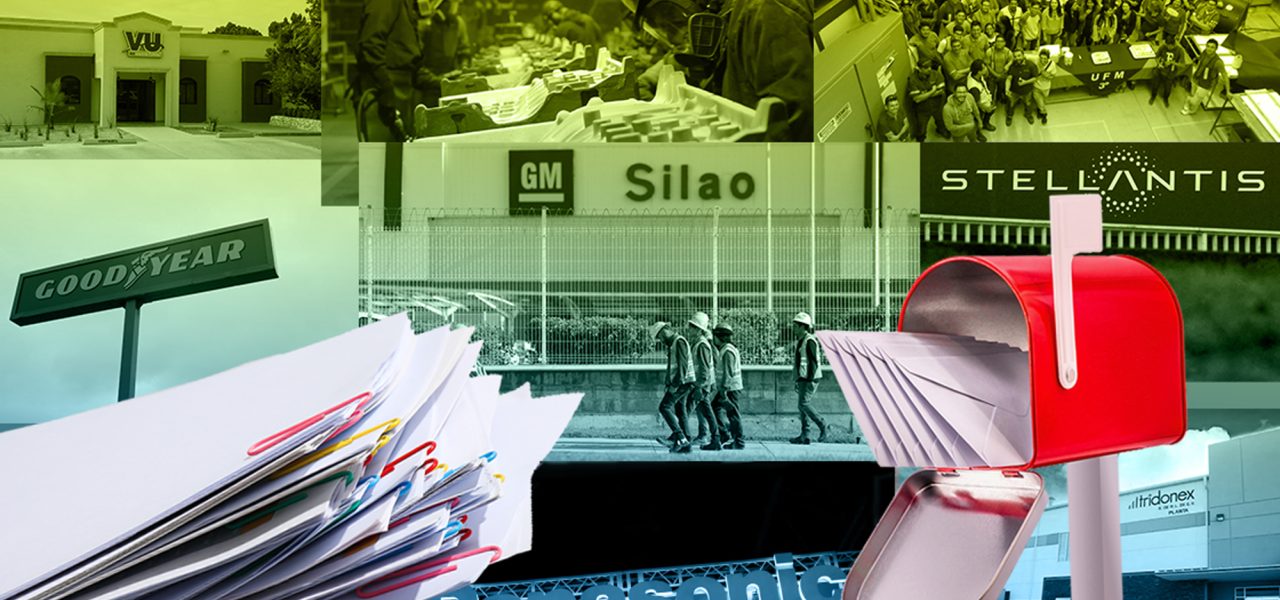The USMCA’s Rapid Response Labor Mechanism (RRLM) has gained greater relevance after the panel’s recent resolution on the Atento case, as it expands its scope to “covered facilities” and gains strength, particularly as a result of the imposition of tariffs by the United States..
Sources close to the recent Atento Servicios case explained that, formerly, several Mexican companies opted for absorbing tariffs rather that complying with the requirements and regulations of the trade agreement between Mexico, the United States, and Canada (USMCA); however, with the imposition of tariffs that can reach up to 25%, the incentive for operating under the rules of the USMCA has increased significantly. “This has motivated that a greater percentage of trade be conducted under the cover of the treaty, strengthening its relevance”, they explained.
This clarification is crucial for companies in Mexico, as it disproves the belief that the mechanism is limited to sectors like the automotive industry or direct export companies.
“The perception that the Rapid Response Labor Mechanism only covered certain industries has been wrong from the beginning. In its Chapter 31, the USMCA establishes two key factors for the definition of a “covered facility”, they informed.
Consulted on this topic, Óscar de la Vega Castillo, senior partner at D&MAbogados, said that “the case of Atento gave us a true understanding of the scope of application of the USMCA’s Rapid Response Labor Mechanism and how it is not limited to the list of prioritary sectors specified by the United States Government. Based on the interpretation of Article 31 A. 15 (ii) by the Panel, any work center that produces goods or provides services in Mexico that compete with those of another work center in the United States or Canada can be considered as a “covered facility”, even if doesn’t make direct exports.”
The foregoing, he said, forces companies located in Mexico to enforce labor compliance in all of its work centers, as there are no longer clear limits in its application. “The advantage is that, as determined by the panel itself, the Mechanism focuses on specific work centers and not on entire companies.”
In this sense, the sources pointed out that currently “the RRLM is stronger than ever. Why? Because at the beginning of the year a statistic came to light, showing that almost 45% of the products manufactured in Mexico going into the United States did not go through the USMCA, companies preferred to pay the tariff; that is, “I’d rather not pay for all the paperwork, not pay for any of this.”
In this sense, if they do not comply with the rules, they pay the tariff. Now, all of them have moved to the USMCA because, as a result of our President’s tariffs, if they do not go through the USMCA, they have to pay a minimum tariff of 25%. “Therefore, RRLMs have become stronger, more robust than ever, there is more trade using the USMCA.”



